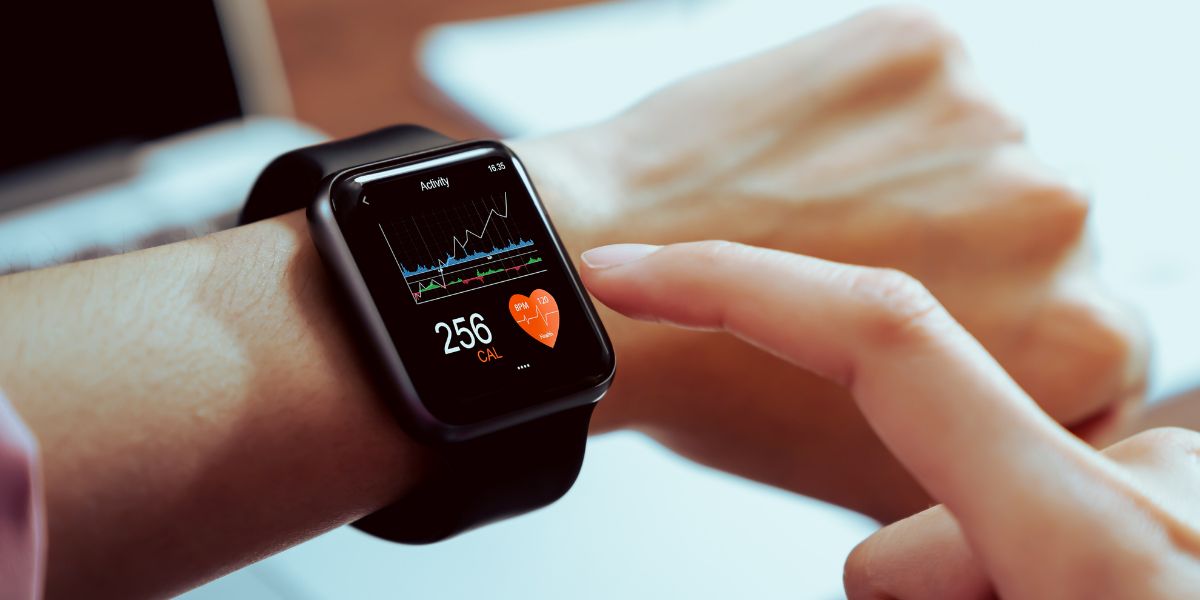New biodegradable health sensors that contain seaweed are set to transform the fitness monitoring technology industry, a study has suggested.
Researchers from the University of Sussex have used seaweed, water, rock salt and graphene to develop a new type of health sensor.
The natural elements of these new biodegradable sensors make them a sustainable alternative to the traditional rubber and plastic devices.
These new sensors are also classified as edible, meaning the device is safe for an individual to consume, the scientists have said.
- Seamless Sensors: Company Creates Clothes with Integrated Health Trackers
- CGM Sensors: How They Work, Sensor Placement and Care
According to the academics, these sustainable sensors perform better than the standard electronic health monitors as they are more sensitive.
First author Dr Conor Boland developed the sensor after being inspired with the idea when he was watching the TV programme MasterChef.
He said: “Seaweed, when used to thicken deserts, gives them a soft and bouncy structure – favoured by vegans and vegetarians as an alternative to gelatine. It got me thinking: what if we could do that with sensing technology?
“For me, one of the most exciting aspects to this development is that we have a sensor that is both fully biogradable and highly effective.”
He added: “The mass production of unsustainable rubber and plastic based health technology could, ironically, pose a risk to human health through microplastics leeching into water sources as they degrade.
“As a new parent, I see it as my responsibility to ensure my research enables the realisation of a cleaner world for all our children.”
By mixing seaweed and graphene together, the researchers were able to produce an electrically conductive film.
The film absorbs water when it is soaked in a salt bath, creating a spongy, soft, electrically conductive hydrogel.
This biodegradable sensor is described as a ‘second skin’ and looks like a temporary tattoo. They are easy to use, safe, lightweight and sustainable, the researchers have said.
Director of Innovation and Business Partnerships at the University of Sussex , Dr Sue Baxter, said: “We are committed to protecting the future of the planet through sustainability research, expertise and innovation.
“What’s so exciting about this development from Dr Conor Boland and his team is that it manages to be all at once truly sustainable, affordable, and high effective – out-performing synthetic alternatives.”
- Living with type 1 diabetes since 1942: “have a balance”
- 9 year old boy with type 1 diabetes receives artificial pancreas
He added: “What’s also remarkable for this stage of research – and I think this speaks to the meticulous groundwork that Dr Boland and his team put in when they created their blueprint – is that it’s more than a proof principle development.
“Our Sussex scientists have created a device – that has real potential for industry development – into a product from which you or I could benefit in the relatively near future.”
Joint author Kevin Doty said: “I taught chemistry previously, but decided I wanted to learn more about nanoscience.
“My gamble paid off, and not only did I enjoy it more than I expected, but I also ended up with an opportunity to utilise the information I had learned to work on a novel idea that has evolved into a first author publication as an MSc student.”
He added: “Learning about nanoscience showed me just how varied and multidisciplinary the field is.
“Any science background can bring knowledge that can be applied to this field in a unique way. This has led to further studies in a PhD studentship, opening up an all new career path I could not have previously considered.”






